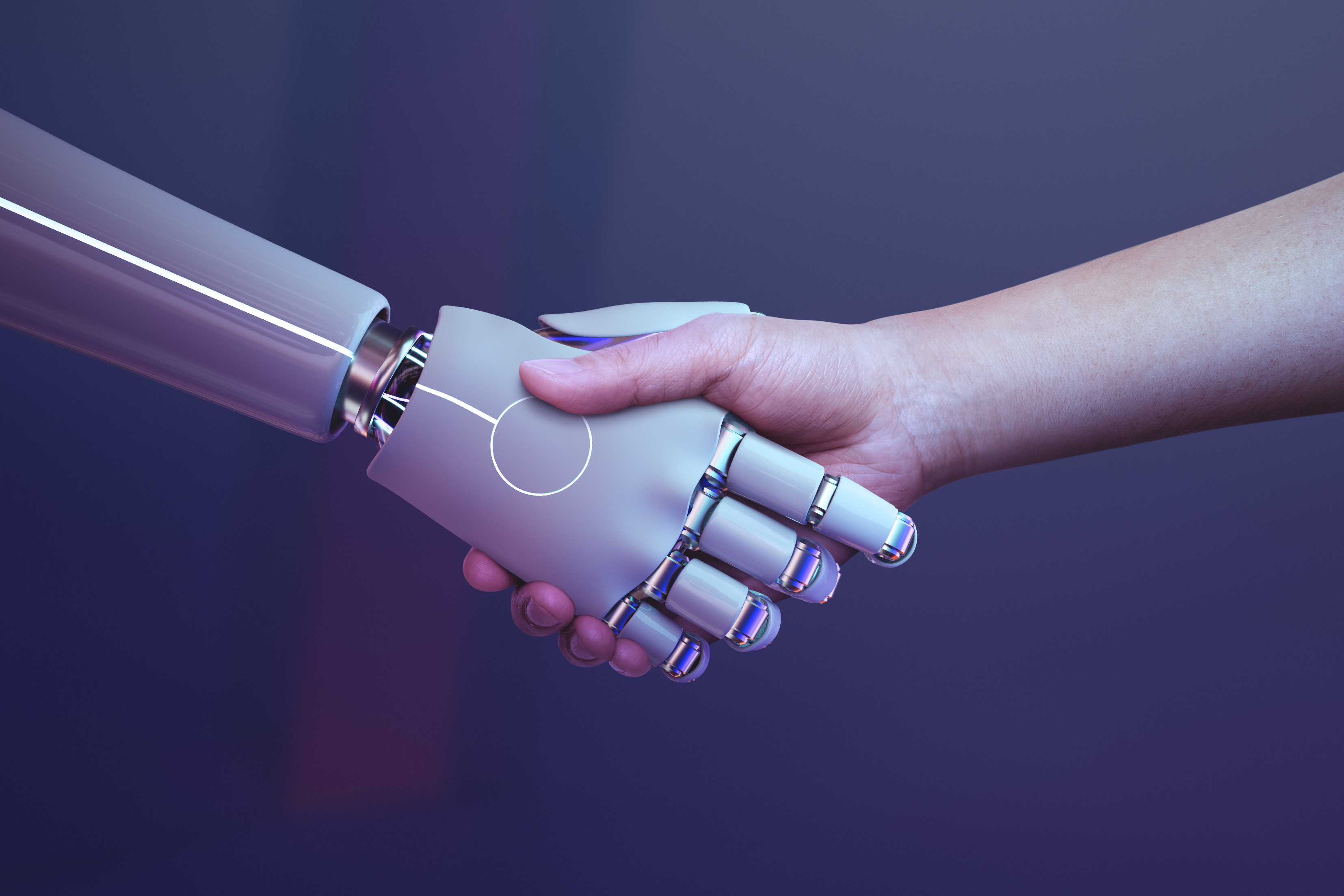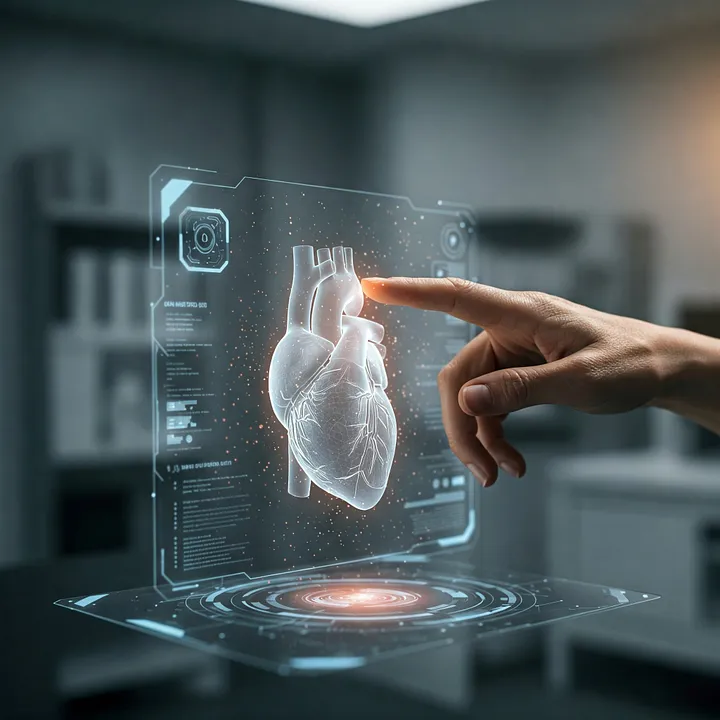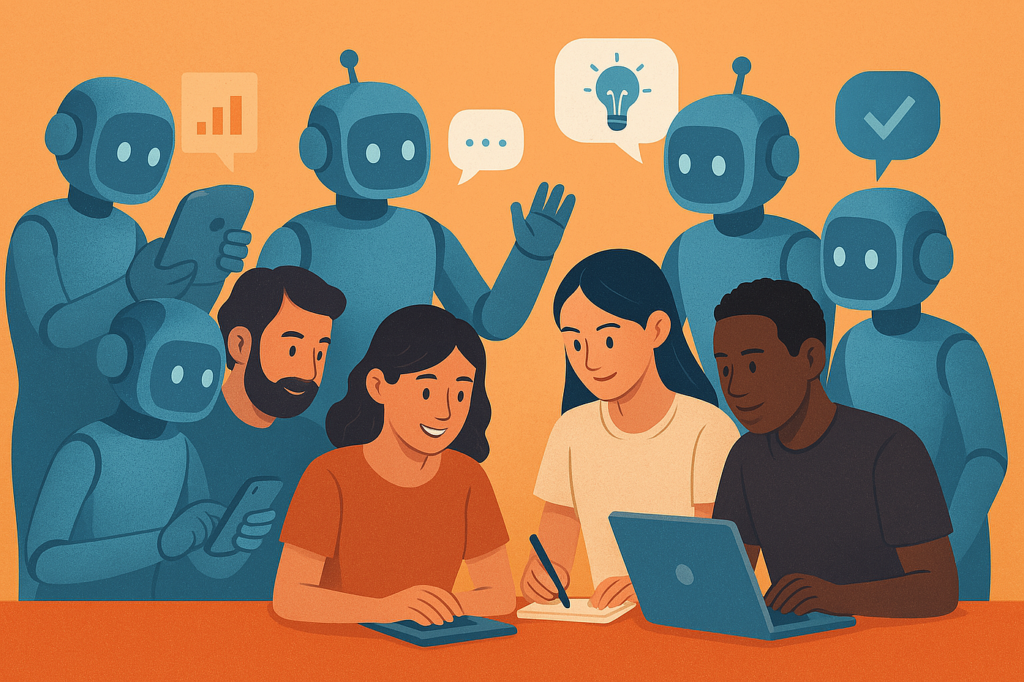Eva loved Perita Brew. For over a decade, her café in sunny Málaga was more than just a place to grab a coffee; it was a community hub. Her team knew the regulars by name, remembered their intricate coffee orders (two extra drops of milk in Málaga can turn a sombra into a nube, and the locals are really serious about it!), and offered a friendly chat with every cup. The aroma of freshly brewed coffee mingled with laughter and lively conversations — a vibrant tapestry of human connection.
Then came the “modernization.” The business owners decided to introduce an ordering system driven by AI. The expectation was to boost efficiency: customers would order via app, a robotic espresso machine would make the drinks, and human baristas would become a thing of the past. A smooth, automated service with none of the human messy touch.
The reality was… a bit disappointing. The cozy, welcoming ambiance of the café worsened within days. Consumers complained that the AI couldn’t recall their preferences. It was a cardinal sin in Malaga for one poor soul to receive their “very hot sombra doble” in the wrong glass at temperatures close to volcanic. Additionally, when the inevitable mistakes happened, unhappy customers encountered a digital brick wall with no human available to listen to their concerns or provide a quick fix.
Instead of improving, wait times increased as staff had to invest their time troubleshooting AI mishaps. Eva’s team, once passionate and proactive, felt disempowered, reduced to technicians. The heart of Perita Brew, its human touch, had been torn away.
The Perita Brew Café story, is a familiar one despite the exaggeration. Too many companies, seduced by the hype of new & shiny tech, fall into the same trap: they treat it as a static, one-size-fits-all solution, neglecting the vital role that human collaboration plays.
This “automate everything” mindset results from a misinterpretation of artificial intelligence. Building more intelligent, responsive teams is more important than simply following trends or reducing expenses. AI is a tool, and like any tool, its usefulness depends on how it is applied. It is not a silver bullet.
The Power of Partnership: Human + AI

AI thrives in environments that embrace continuous learning and adaptation. Instead of massive, all-in investments, companies should start with small, real-world experiments. Consider AI a collaborator rather than a substitute. Here are some examples of how that collaboration thrives across many service sectors:
Healthcare: AI algorithms analyze medical images, assisting radiologists in detecting diseases like cancer earlier and more accurately. But the final diagnosis rests with the experienced human doctor, who can interpret the AI’s findings in the context of the patient’s overall health. This collaboration leads to improved diagnostic accuracy and efficiency, ultimately saving lives. For example, PathAI uses AI to assist pathologists in cancer diagnosis, improving accuracy and reducing the time it takes to get results.
Customer Service: AI-powered chatbots can handle routine inquiries, freeing up human agents to tackle complex issues and provide personalized support. Imagine a customer service team where AI handles the “easy” questions, allowing human agents to focus on building relationships and resolving challenging problems. Companies like Intercom are using this approach to improve customer satisfaction and agent efficiency.
Hospitality: AI analyzes guest preferences to personalize future experiences, recommending restaurants or activities. Human concierges then use these insights to craft truly memorable stays. AI provides the data; humans provide the magic. Marriott, for example, uses AI to personalize offers and experiences for its guests.
Education: AI platforms analyze student performance, identifying areas where they need extra support. Teachers use this information to tailor their instruction, providing personalized attention where it’s needed most. AI empowers teachers to be more effective, not replaces them. Khan Academy is one example of personalized learning powered by AI.
Transportation: AI predicts when vehicles need maintenance, preventing breakdowns and improving safety. Human mechanics then perform the necessary repairs. AI identifies the problem; humans provide the solution. Companies like UPS use AI for predictive maintenance to optimize their fleet operations.
The AI-Ready Team: A Continuous Evolution
AI isn’t a one-time transformation; it’s a continuous evolution. Companies that view AI as a dynamic, learning system will outperform those who view it as a fixed technological investment. Businesses that create AI-ready teams — those that are quick, learning-focused, and collaborative — will win the race. Here’s how:
Embrace Experimentation: Start small, test, learn, and iterate. Don’t be afraid to fail fast and adapt quickly.
Focus on Human Augmentation: Identify tasks that AI can handle, freeing up humans to focus on higher-value activities.
Invest in Training: Provide your teams with the skills they need to work effectively with AI tools.
Foster a Culture of Collaboration: Encourage communication and collaboration between humans and AI systems.
AI is not a replacement for human ingenuity, empathy, and creativity. It’s a powerful tool that, when used thoughtfully, can amplify our strengths and create a better future for businesses, employees, and customers alike. The secret is to embrace AI as a collaborator in creating a more human-centered world rather than to be afraid of it.



